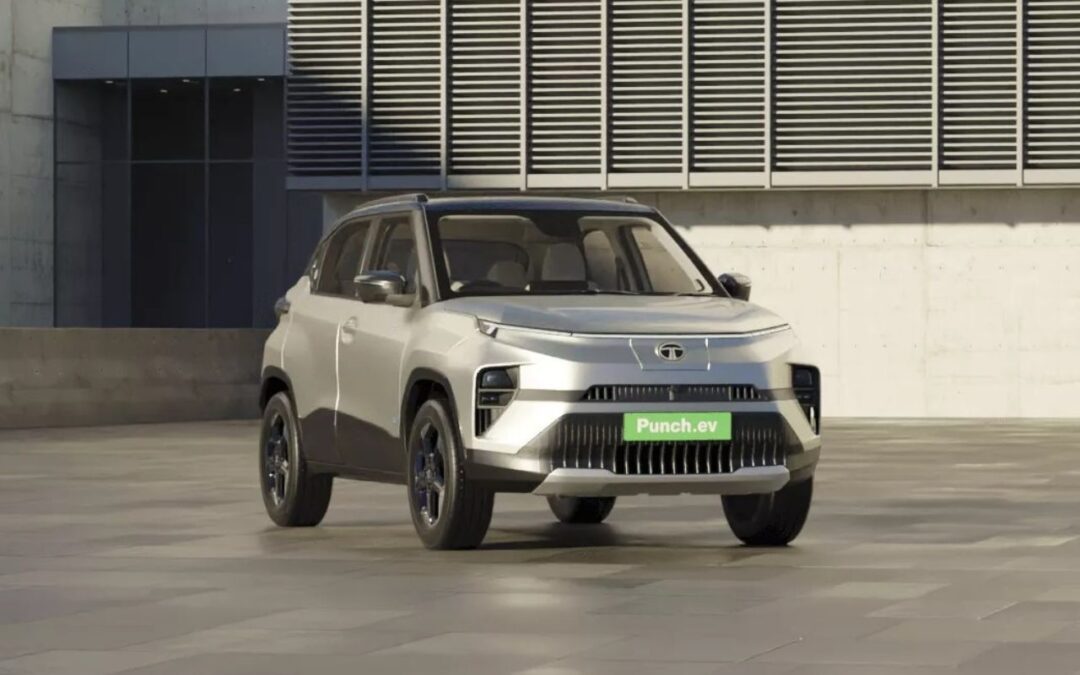Synopsis- In 2025, the EV market of India leapt into the mainstream, led by Tata and MG, and Mahindra close behind. EVs are changing urban and rural mobility in India, driven by affordability, innovation, and strong government support—ushering in a cleaner, tech-driven future.
In 2025, India’s electric vehicle (EV) market transitioned from niche to mainstream, driven by rising fuel prices, government support, and consumer demand for sustainable mobility. EVs are good value for money and aspirational. This article highlights the top-selling models, leading brands, and the trends shaping India’s electric vehicle revolution.
The 2025 EV Market Landscape
India’s EV market saw powerful double-digit growth in 2025 relative to 2024, indicating that the transition from early adopters to mainstream consumers of EVs is solidly underway. The growth was driven by two key factors: increasing affordability and major technology improvements, particularly battery range, charging speed and increased smart connectivity (i.e., everything being connected, making it easier across the board). New international OEMs entered the Indian market, like VinFast and BYD, which widened the choice for consumers and also increased competition. Adoption extended beyond metro cities, with compact, affordable models more popular now in Tier 2/3 and rural areas, and better charging infrastructure.
Top 5 Best-Selling EV Models of FY 2025
1. MG Windsor EV (~19,400 units)
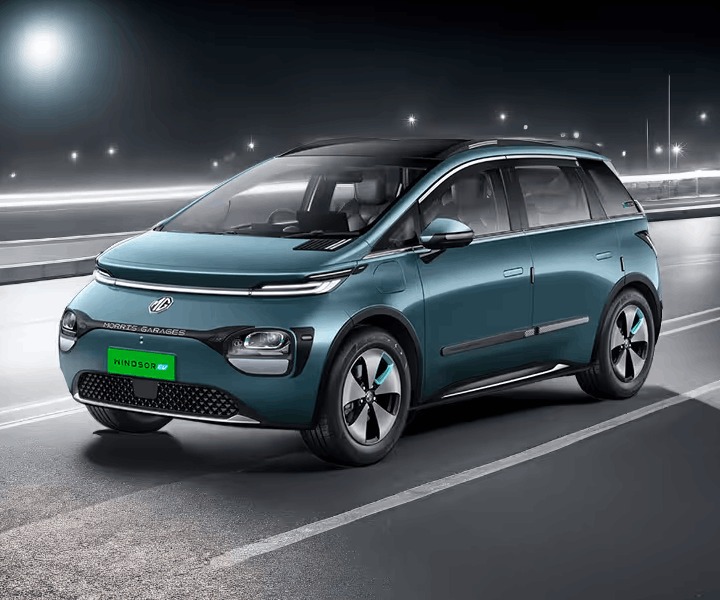
- MG’s newest addition topped the sales charts in 2025.
- A compact SUV with a tech-savvy interior, roomy cabin space, and attractive styling.
- It provided a strong value proposition and urban appeal to younger urbanized professionals.
- Successfully placed as a clear alternative to Tata’s offerings.
- It became the go-to place for buyers looking for premium features but not the premium experience.
2. Tata Punch EV (~17,966 units)
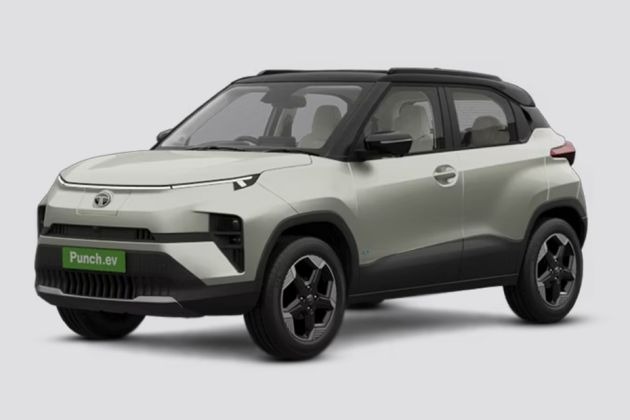
- A compact SUV that captured the attention of urban and semi-urban families.
- Noted for a strong range, strong features, and being extremely practical.
- Value for money and Tata’s expanding charging network gave consumers confidence.
- Gave buyers a rounded experience, which led to rapid adoption in many locations.
3. Tata Tiago EV (~17,145 units)
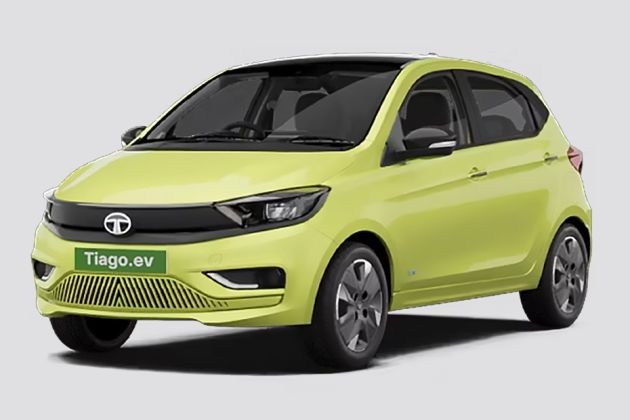
- Value-driven hatchback that helped new EV buyers adopt EVs.
- Adapted well in Tier 2 and Tier 3 cities across India due to the price point.
- Provided solid performance and sizing that led to the city utility.
- Helped Tata expand its EV footprint across new demographics.
Also read: Top 10 Cars with Best Ground Clearance in India 2025
4. Tata Nexon EV (~ 13,978 units)
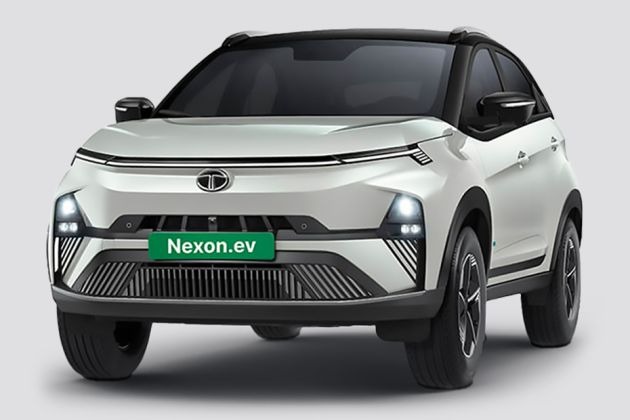
- A long-standing EV leader that continues to sell strongly, even with new competition.
- 2024 brought in new updates featuring modern technology and refreshed styling.
- An ideal choice for consumers who want an SUV size that doesn’t compromise too much range.
- Brand loyalty continues to be significant because it has proven to be safe and reliable.
5. MG Comet EV (~ 10,149 units)
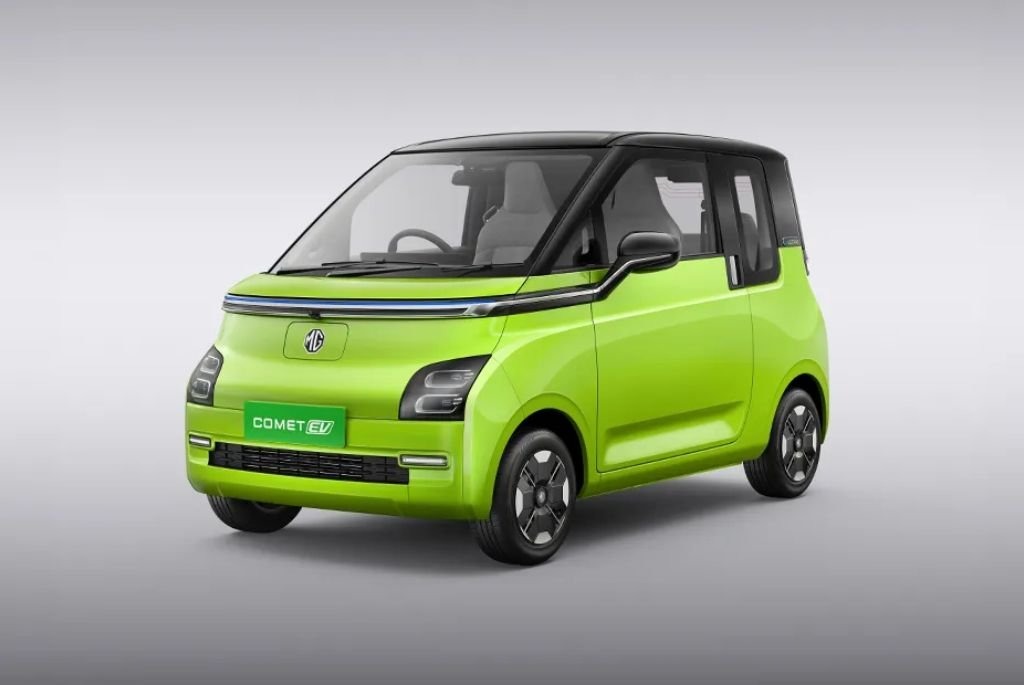
- A micro-EV, built exclusively for India’s densest urban areas.
- One of the most ultra-compact, futuristic designs and developed for solo or duo commuting.
- Appeals greatly to younger, eco-conscious consumers.
- Very highly manoeuvrable and resource-efficient, a smart way to travel around dense urban areas.
Brand Performance Snapshot
1. Tata Motors: Market Leader
- Maintained leadership position with a diverse line-up of EV offerings; Tiago EV, Punch EV, Nexon EV, Curvv and Harrier EV.
- Performing strongly in entry-level and premium segments.
- Sold over 26,000 EV units in H1 2025.
- Strong coverage in urban and semi-urban markets; emerging charging and service station networks will support growth in these segments.
2. MG (JSW MG Motor India): Fastest Growing Challenger
- Rapidly made strides with the Windsor EV and Comet EV with a clear focus on urban and compact segments.
- Focused strategy, tech-led branding, and aggressive pricing from the outset have aided MG to gain market share.
- Has become formidable competition relative to Tata in multiple categories.
3. Mahindra & Mahindra: Premium SUV Focus
- Recently released new products in XEV 9e, BE 6 and updated the XUV400 EV.
- Focus on performance, bold styling and strength based on an SUV-focused narrative.
- Has gained traction quickly among buyers seeking premium, futuristic EVs.
4. Hyundai Motor India: Laying the Groundwork
- Recently launched its Creta EV, which targets the mass-market SUV segment.
- Moderate traction achieved in a few metros based on strong brand equity and dealership footprint.
- Plans to scale up product offerings by late 2025.
5. Other OEMs: Emerging Players
- BYD: Focused on high-end luxury sedans and SUVs for high-end consumers.
- VinFast: Launching VF 7 and beyond, with clear localization objectives.
- Kia: Niche presence with EV6 and EV9 premium EV offerings in Premium EVs.
Also read: Top 10 Most Expensive Car Models in India: See the Stunning Specs of These Luxury Beasts
Key Trends Shaping the 2025 EV Boom
- Compact SUVs and Small EVs Rule: Compact SUVs and small EVs were the sales leaders of the year. Urban consumers are attracted to value, efficiency, and compact overall size, and require these vehicles in both commercial and personal applications.
- Demand for Range and Connectivity: Buyers continue to demand a minimum range of 300km, quick charge times, and features that deliver smart connectivity. Tech integrations (sometimes referred to as “smart features”) will continue to be a strong differentiator in the electric vehicle (EV) segment.
- Premium Electric Vehicle Segment Expands: There was excitement in the premium space with upcoming models (e.g. Tata Harrier EV, Mahindra BE 5, etc.).
- Policy Push and Infrastructure Growth: Government policies such as FAME-II subsidies (lack of upfront capital is often a barrier), tax incentives (differential rates), and charging infrastructure growth (faster public charging) are all reasons for increased adoption across India.
Conclusion
The year 2025 became a pivotal moment for the EV market in India. Tata and MG led, and Mahindra was growing extremely quickly. With innovation, infrastructure and competition growing quickly, electric vehicles are likely to change the mobility landscape in India into a greener reality moving forward.
Written by N G Sai Rohith

